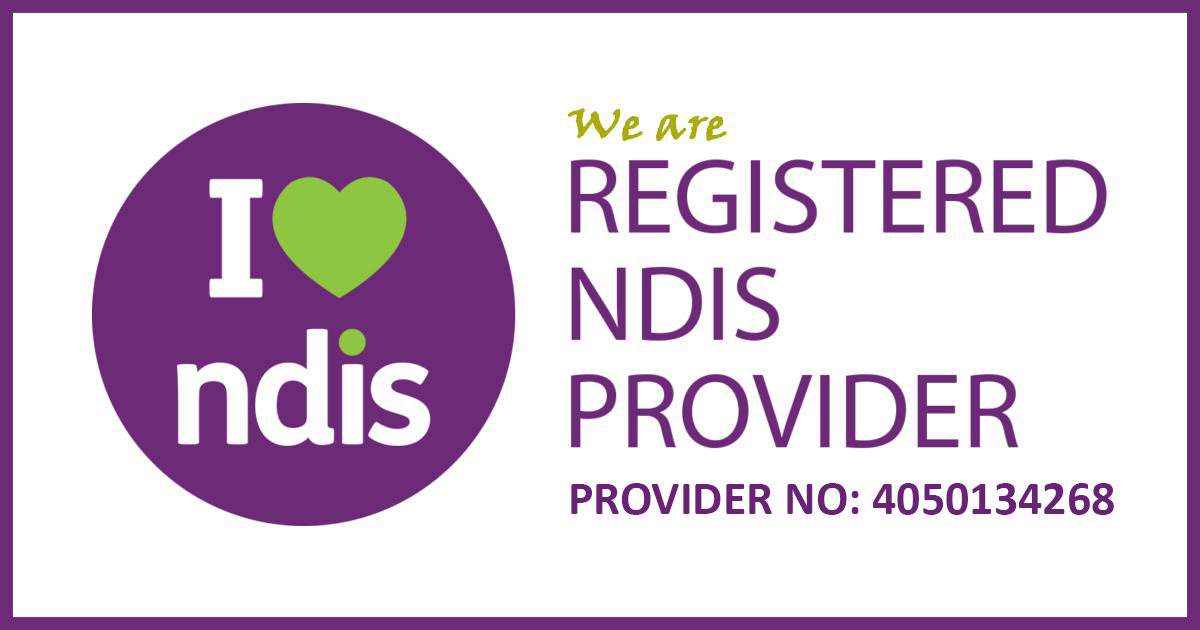Introduction: Inclusive practices in disability care facilities are essential for creating environments that prioritize accessibility, accommodate diverse needs, and promote social integration. These practices ensure that individuals with disabilities can fully participate in all aspects of life and receive the support they need. This article aims to highlight the importance of inclusivity in disability care facilities and its impact on the well-being and quality of life for individuals with disabilities.
Creating accessible environments is crucial in disability care facilities. It involves removing physical barriers such as ramps, elevators, and widened doorways to ensure individuals with mobility challenges can navigate the facility independently. Additionally, implementing accessible technologies, such as adaptive communication devices or sensory-friendly spaces, enables individuals with sensory or communication disabilities to engage fully.
Accommodating diverse needs goes beyond physical accessibility. It involves understanding and addressing the specific requirements of individuals with different types of disabilities, such as visual impairments, hearing impairments, cognitive disabilities, or mental health conditions. This may include providing appropriate assistive devices, offering clear communication methods, or designing activities and programs that cater to a range of abilities.
Promoting social integration is a fundamental aspect of inclusivity in disability care facilities. It entails creating opportunities for individuals to interact, connect, and build relationships with both their peers and the wider community. This can be achieved through social events, community outings, peer support groups, or partnerships with local organizations. By fostering social integration, individuals with disabilities feel valued, accepted, and empowered to participate in society.
Inclusive practices also involve involving families, caregivers, and staff members in decision-making processes, encouraging collaboration, and building a supportive network. Training staff members on disability awareness and inclusion promotes a culture of understanding and empathy within the facility.
Conclusion: Inclusive practices in disability care facilities are essential for creating environments that support the diverse needs of individuals with disabilities. By prioritizing accessibility, accommodating diverse needs, and promoting social integration, these facilities ensure that individuals can fully participate in society, improve their well-being, and enhance their overall quality of life. By embracing inclusivity, disability care facilities become places where individuals with disabilities feel welcomed, supported, and empowered to reach their full potential.









